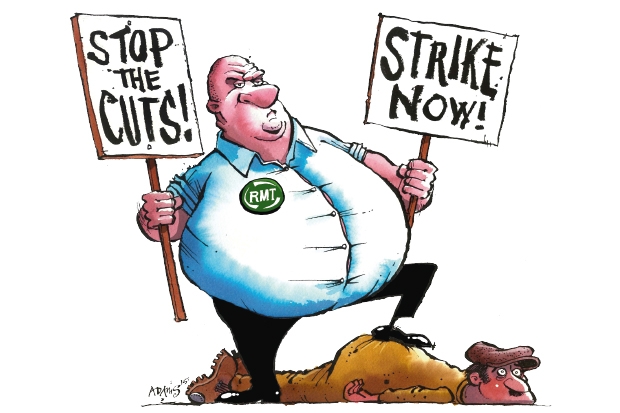
This is part of a series on the Global Goals for Sustainable Development, in collaboration with the Stockholm Resilience Centre. This article focuses on goal 13 – Take urgent action to combat climate change and its impacts
Just days away from a historic adoption of the Sustainable Development Goals, the plans in place to finance development and low-emissions energy are woefully inadequate. Progress in reforming them have been too little, too late.
Growing pressure on public finances, particularly in high-income countries, means states must do all they can to minimize transaction costs, enhance transparency, and apply lessons learned in one setting to others.
Private finance is being viewed as the saviour. But is this misplaced? The $100 billion per year promised by developed countries to the United Nations Framework Convention on Climate Change (UNFCCC) by 2020 to fund climate action in developing countries is to come from “all sources”. But to date, there is little to show.
In July, world leaders met in Addis Ababa to agree an “Action Agenda” on financing for development. It names private finance as a vital resource.
Misplaced faith in international private finance?
But what can we really expect from international private finance? In the climate realm at least, evidence suggests that the private sector does not, in fact, invest much in the public goods that are most crucial to vulnerable populations, particularly in small island developing states (SIDS) and least-developed countries (LDCs).
International private finance flows to LDCs and SIDS have risen over the past decade, but they remain significantly lower than flows to more developed countries. Foreign direct investment in upper-middle-income countries, for example, was $649 billion in 2013, versus $24 billion in low-income countries. Moreover, the investments that do reach low-income countries are concentrated in a few mineral-rich countries, and are overwhelmingly invested in oil, coal and natural gas extraction.
Similarly, the loans made to low-income countries by private creditors are insignificant. And even if debt finance were available, many of these countries are already shouldering heavy debt burdens, and would be unable to repay.
In fact, in many cases, private investments in low-income countries constitute a net drain on resources: inflows of new financial resources to LDCs in 2008-2013 were outweighed by outflows almost twice over; in 2011, these outflows were on average 18% of GDP for least-developed countries.
Mobilizing domestic private finance
In view of this, one priority for international public finance should be to help low-income countries to more effectively mobilize domestic private finance. Developing countries’ domestic resources are far larger than all external financing sources.
International financial institutions such as the World Bank and the Green Climate Fund can help developing country governments create enabling environments for increased domestic private finance for low-carbon and climate-resilient development. Here are five promising options:
Improving tax collection: Developing countries collect much lower proportions of their GDP in tax revenue than developed countries. This is not because their tax rates are lower – quite the opposite in many cases – but due to weak tax collection. The Organisation for Economic Co-operation and Development estimates that developing countries lose three times more tax revenue each year than they receive in foreign aid. Improving tax collection capacity rightly takes pride of place as the first of the “means of implementation” targets under Sustainable Development Goal 17.
Invest in domestic small and medium-sized enterprises: SMEs are a fundamental part of the economic fabric of developing countries and play a crucial role in furthering innovation and prosperity. However, they are strongly restricted in accessing the capital they need to grow and expand. They need technical assistance, risk guarantees and a local lending industry to grow and develop.
Reduce the transaction costs for remittances: Remittances to developing countries constituted $404 billion in 2013. In some countries they account for up to 50% of revenue. They are an important input to local economies and spur economic growth. Moreover, they tend to increase during economic crises, extreme weather events and natural disasters, suggesting that they are particularly important for resilience. However, remitting money is often expensive. ICT innovations could change this almost overnight.
Supply credit for microfinance and rural finance: Many developing countries have well-developed microfinance networks that can be useful channels for scaling up climate and development finance. Microfinance is also an attractive vehicle for providing adaptation finance for the poor and especially to women, who typically have less access to conventional credit.
Support insurance schemes: Africa and Asia (excluding Japan) account for less than 7% of the world insurance market, even though both continents are highly exposed to the impacts of climate change and disaster risks. Insurance is a proven way to spread and transfer risk and strengthen financial resilience to external shocks. Well-functioning insurance mechanisms, combined with good access to information and responsive public services, can greatly reduce vulnerability.
Credit: World Economic Forum









